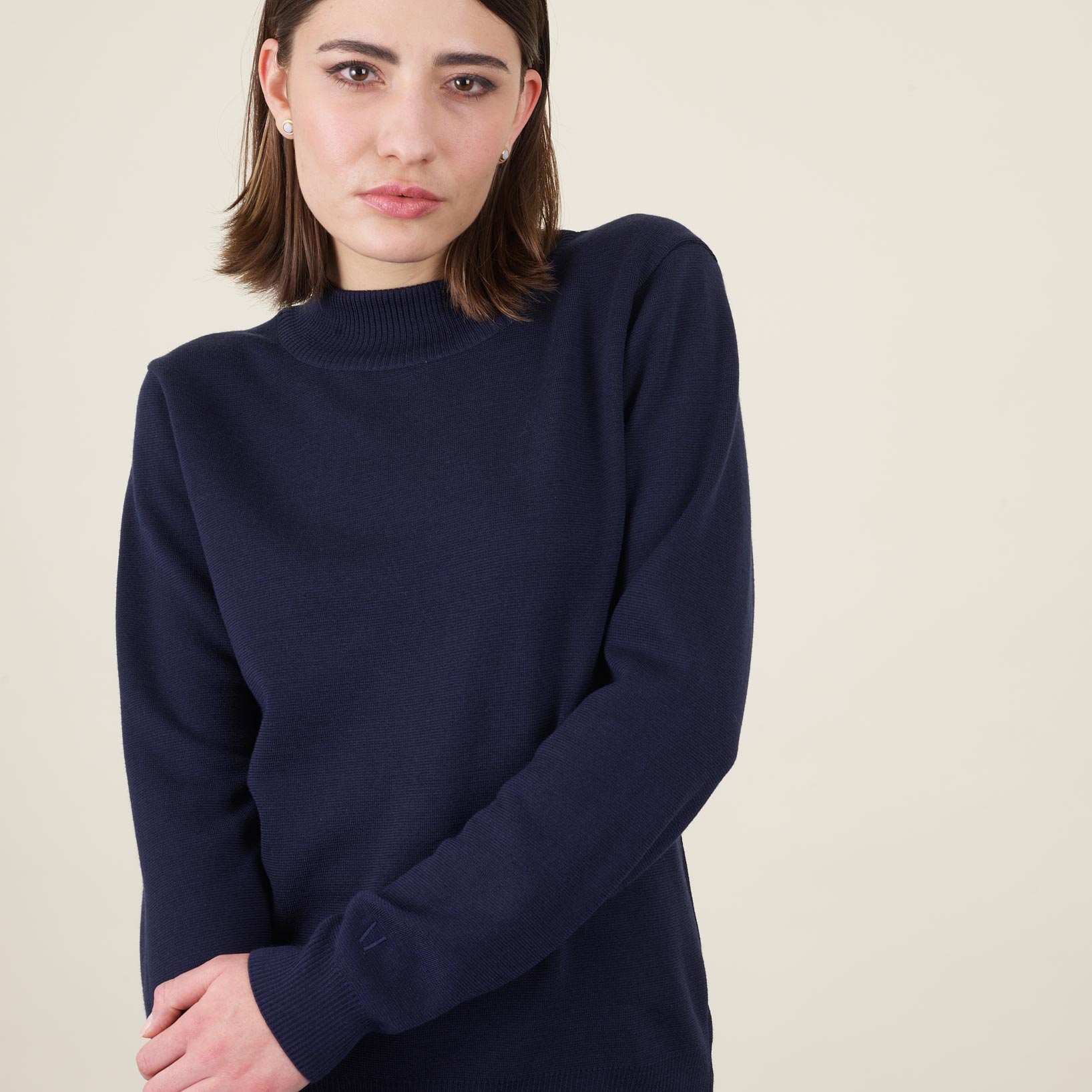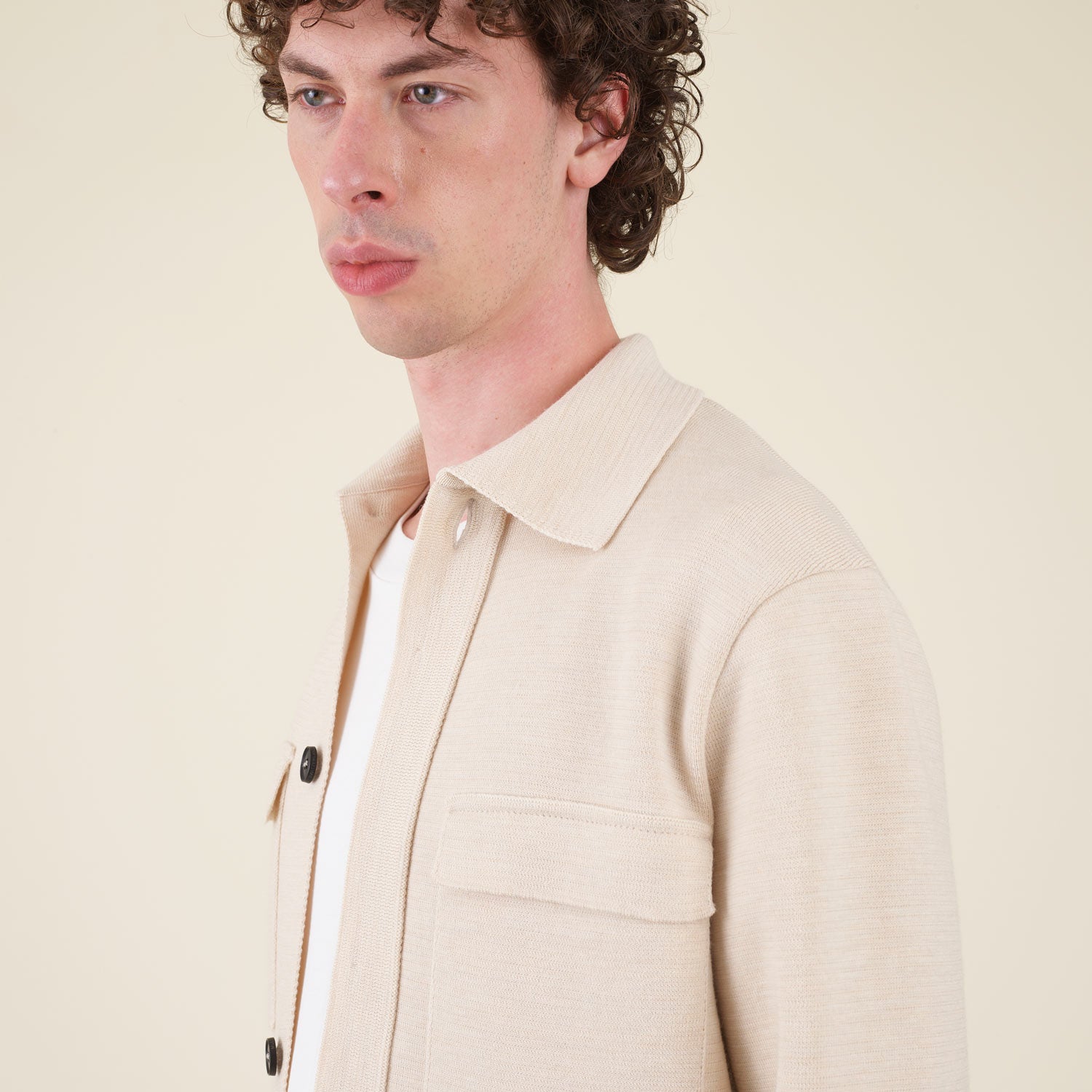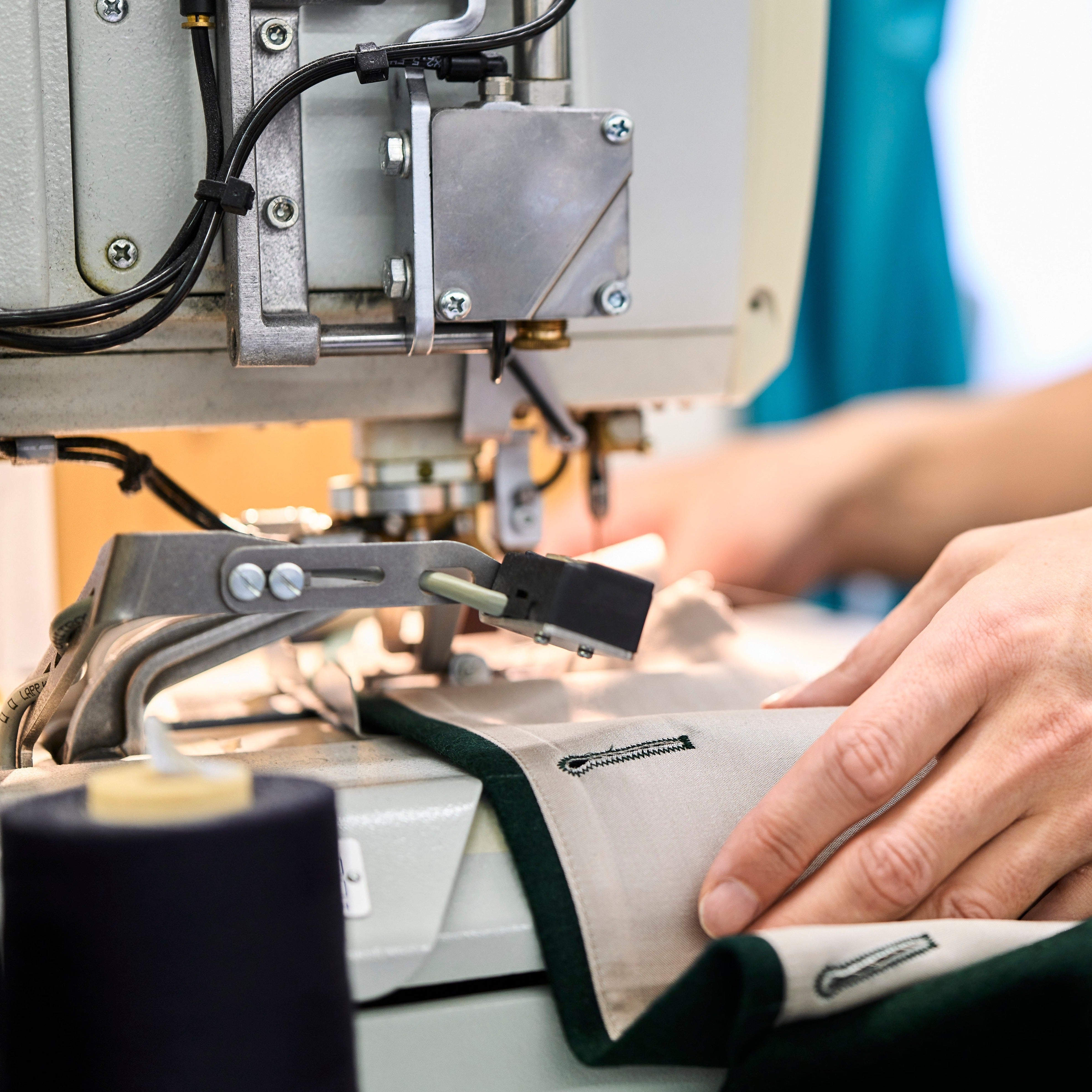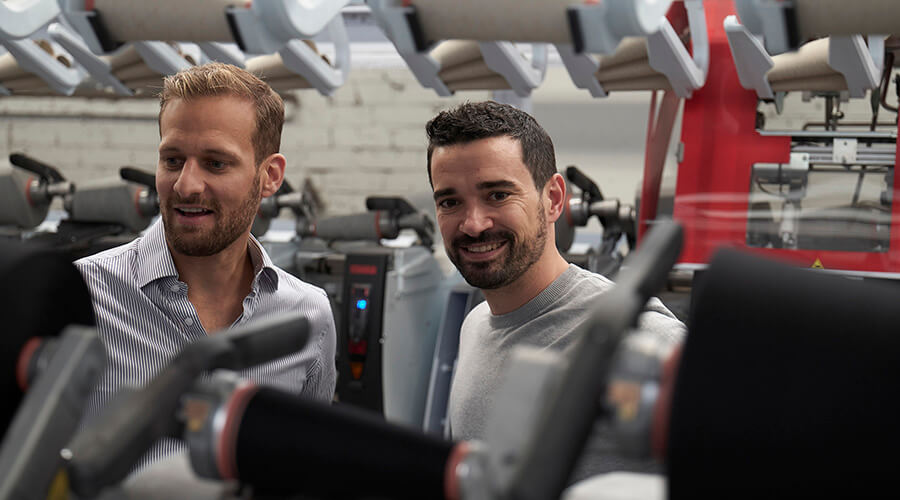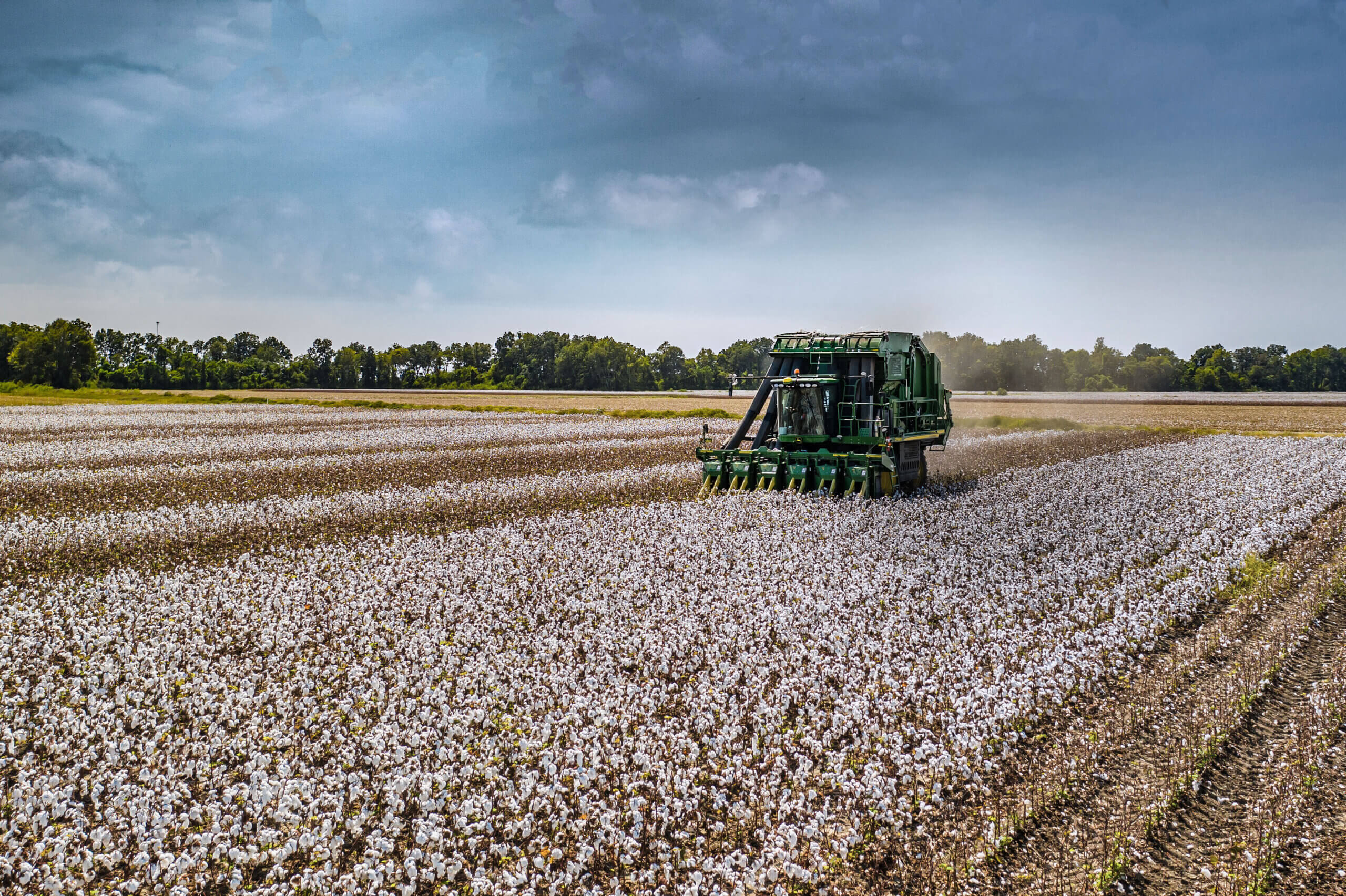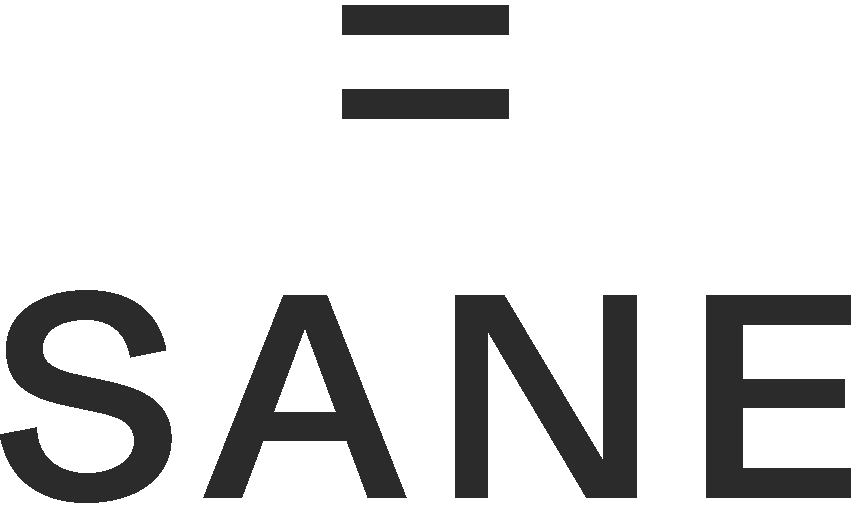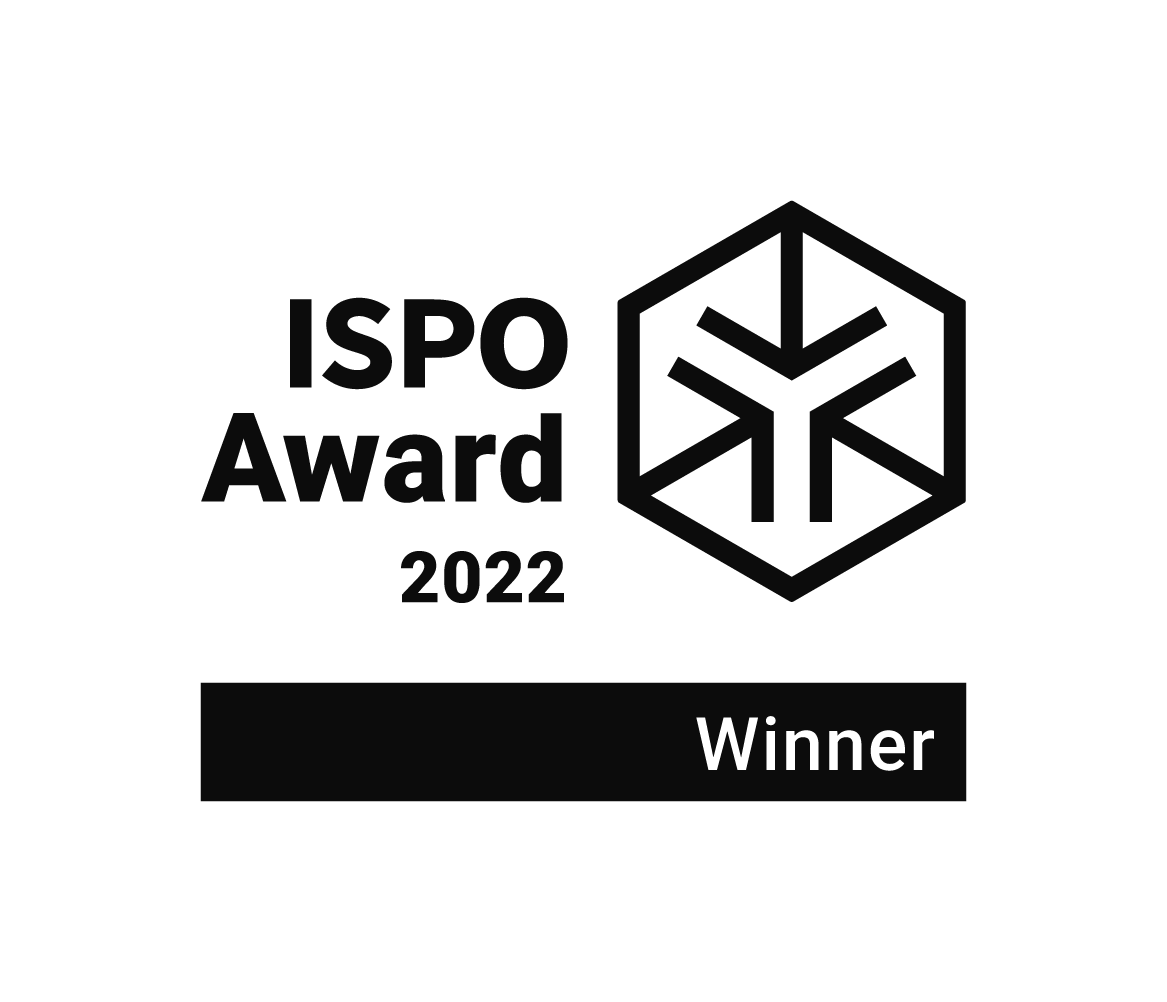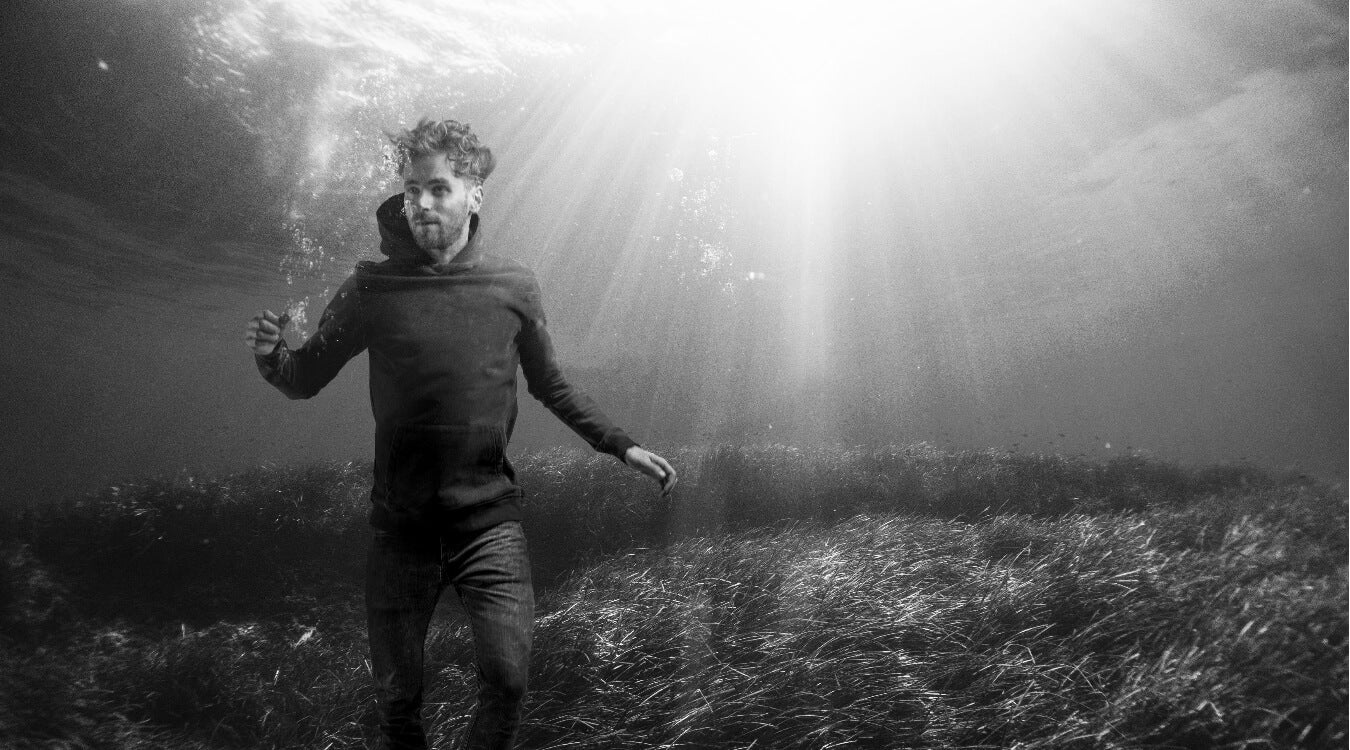
Algae in a sweater: wellness for the skin
In the lake, in the sushi or in the beauty mask: that's where most people would look for algae. Who thinks of a substance? Muntagnard! For our new ALGA line, we rely on this exciting regenerative raw material. With the result: A fabric that feels like wellness for the skin.
That's what this post is about:
➡️ How does algae become a substance?
➡️ The benefits of algae
➡️ Our innovative material mix
This is how algae becomes a substance.
Seaweed is a natural, regenerative resource. They grow in large numbers below sea level, so fresh water is not needed during the growth phase. The algae needed are only harvested every four years from the unique ecosystem of the Icelandic fjords, allowing them to fully regenerate in the meantime.
With the so-called Lyocell technology, a cellulose-based fiber is produced from wood. This lyocell fiber then serves as a "working substrate" for the algae. Ground into powder, they are added to the wood fiber.
The benefits of seaweed
Algae as an alternative to conventional cotton because:
- Great effect on the skin
The seaweed is rich in trace elements and algae have been shown to protect the skin and have anti-inflammatory effects. - Great wearing comfort
The fiber feels very soft and absorbs moisture faster than cotton. - Significant water savings
No fresh water is needed during the growth phase, let alone pesticides and other chemicals. - Responsible mining of raw materials
The required quantities are only harvested in Iceland every 4 years so that they can fully regenerate in the meantime. - Biobased and biodegradable
Algae are a naturally regenerative resource, which is in line with the circular economy approach.
Algae has a high proportion of antioxidants , which protects the skin from cell-damaging free radicals. This can help to relieve skin diseases and itching and have an anti-inflammatory effect .
The vital substances of the algae are released by the natural moisture in the skin, which leads to an active exchange between the fibers and the skin.
Source: Smart Fiber
Our innovative material mix
The ALGA line symbolizes our ambition at Muntagnard to always think outside the box and to create new products with exciting textile solutions. Our fabric ALGA consists of three components that make the fabric incomparably high quality: algae, wood fibers and cotton.
Algae & wood for softness and delicacy
Cotton for added strength
Algae grow abundantly in their natural habitat in the salt water sea. The wood required grows without pesticides and can also be grown on dry land. Both materials use renewable energy in their production processes and neither raw material requires additional fresh water to grow. In addition, recycled and organic cotton is used to give the fabric additional stability in addition to the silky-soft wood fibers.
The result is the most comfortable sweaters imaginable. And all this with the nice side effect that they only have about half the ecological footprint of an ordinary cotton sweater.
Discover this way to the ALGA.


